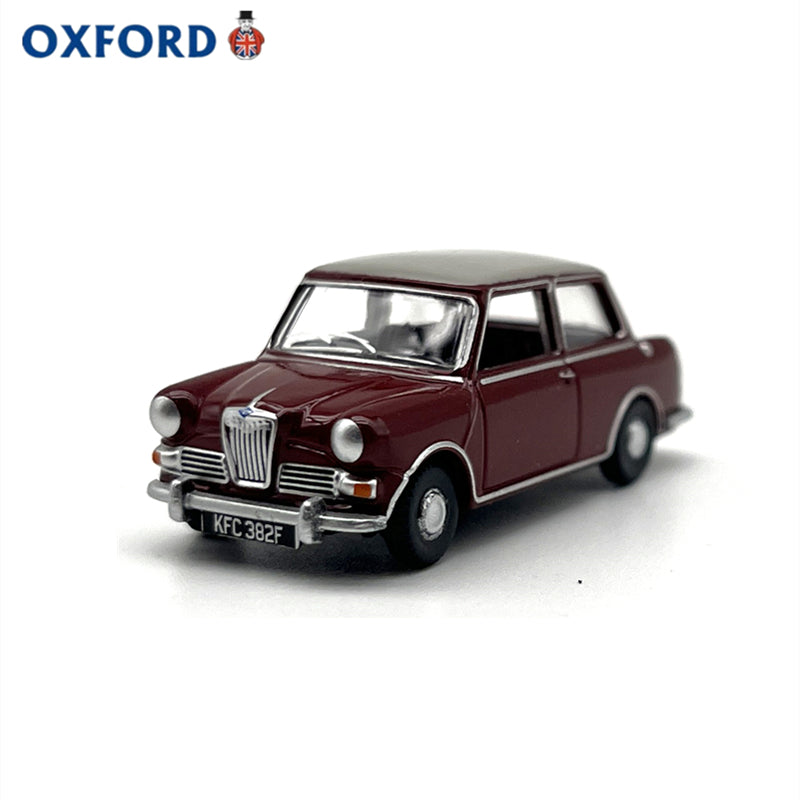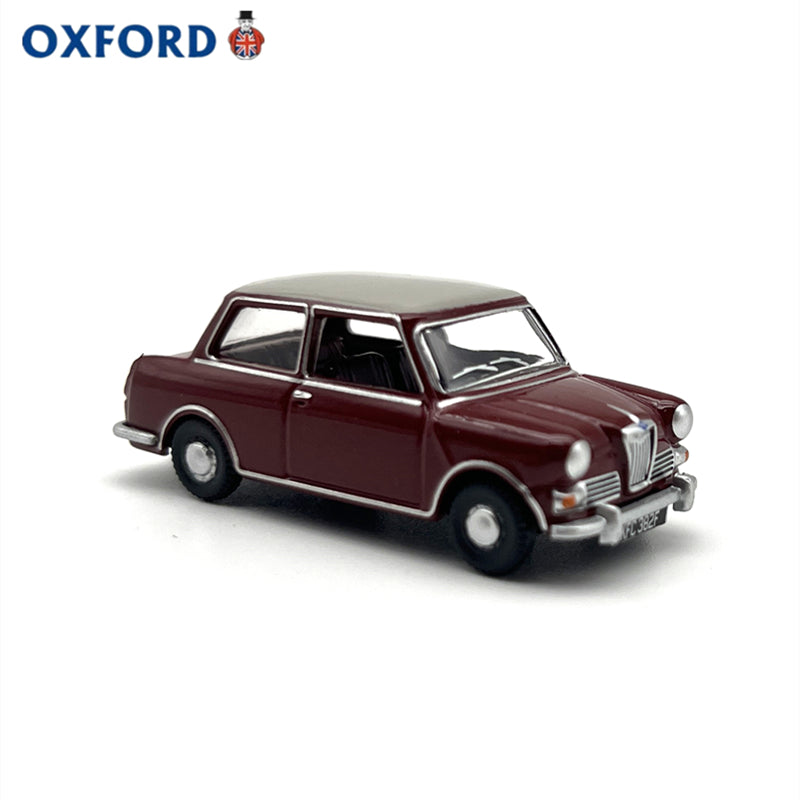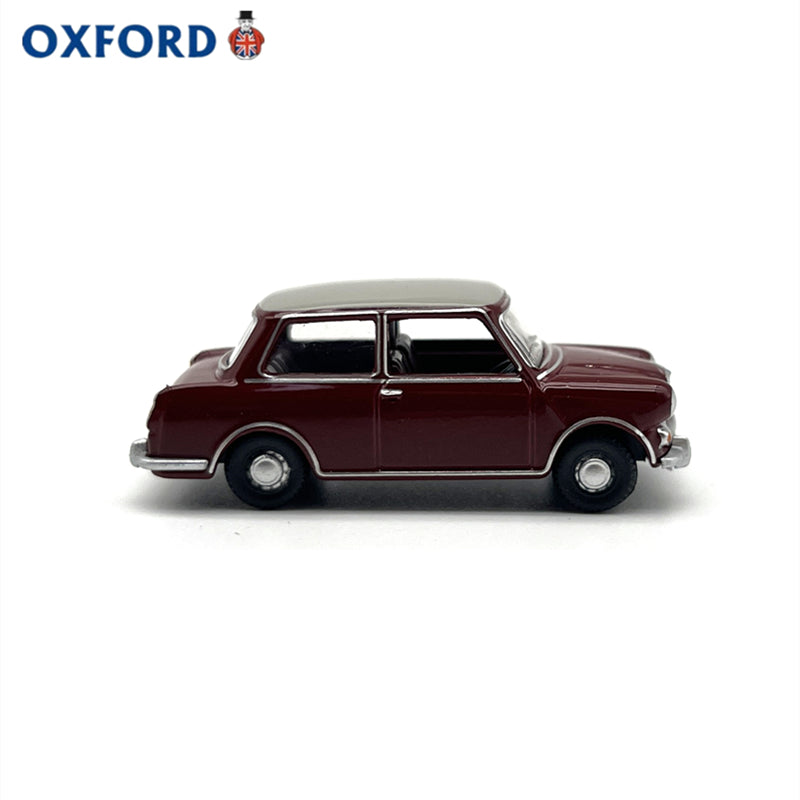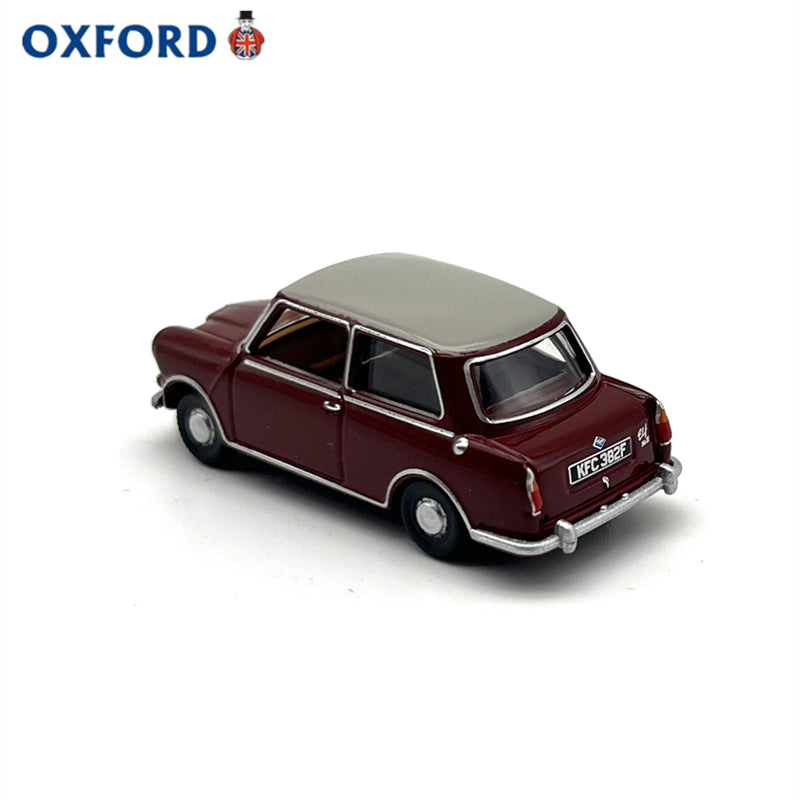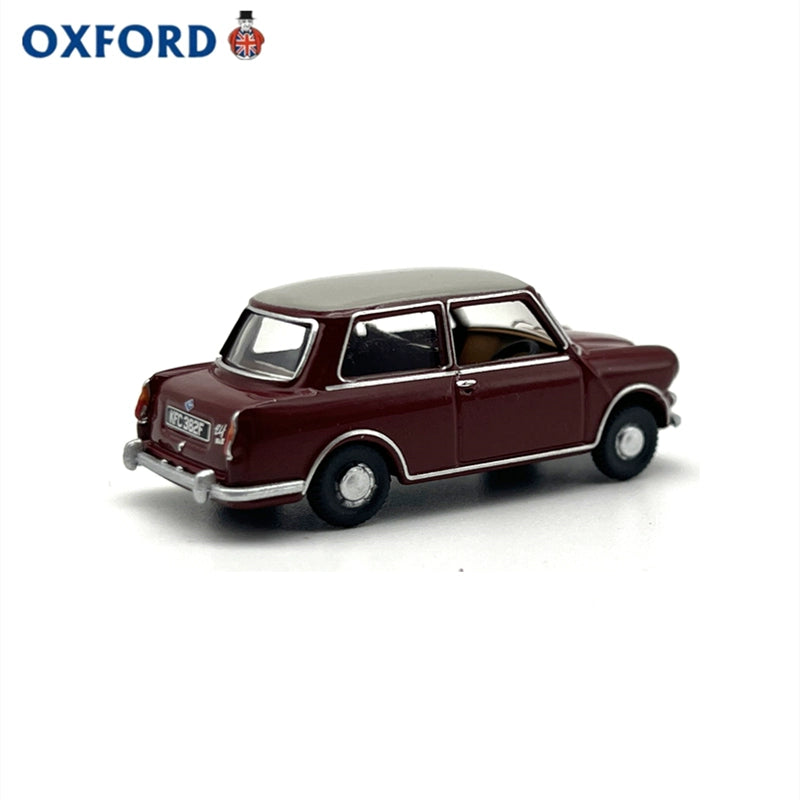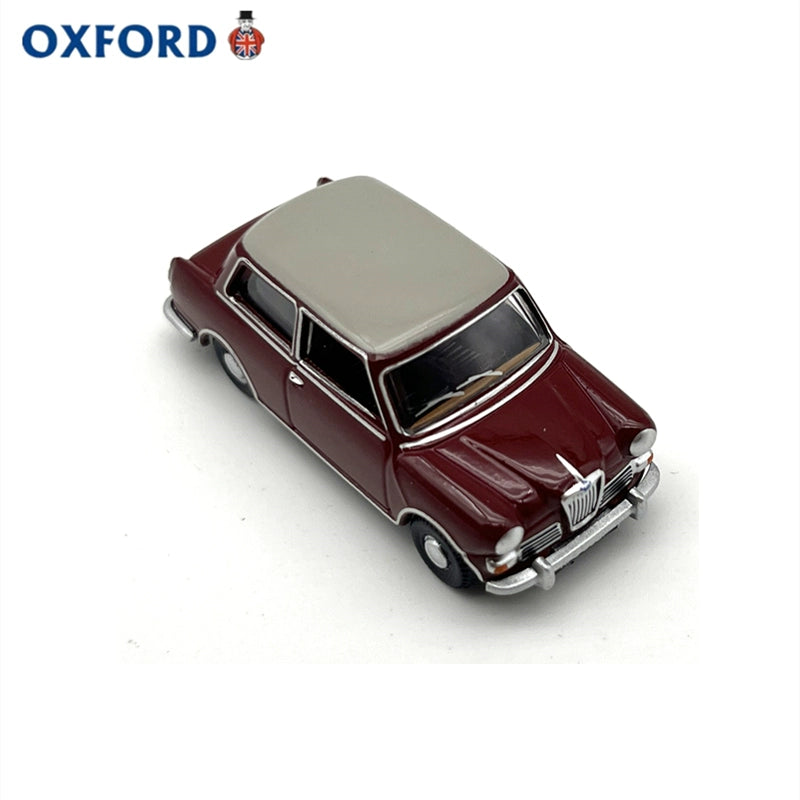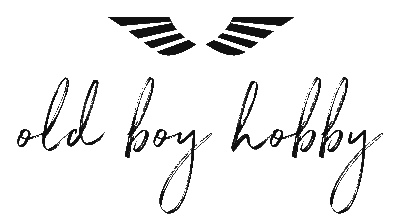old boy hobby
1/76 Scale Riley Elf Mark III Red Diecast Model Car
1/76 Scale Riley Elf Mark III Red Diecast Model Car
Couldn't load pickup availability
- diecast and pre-painted, ready to display
- material: metal
- scale: 1/76
- size: 4.5*1.9*1.7 cm
Released in 1961 as more luxurious versions of the Mini, both the Wolseley Hornet and the Riley Elf had longer, slightly finned rear wings and larger boots that gave the cars a more conventional three-box design. The wheelbase of the Elf and Hornet remained at 2,036 mm (80.2 in), whereas the overall length was increased to 3.27 m (10.7 ft). This resulted in a dry weight of 638 kg (1,407 lb)/642.3 kg (1,416 lb) (rubber/hydrolastic suspension) for the Elf and 618 kg (1,362 lb)/636.4 kg (1,403 lb) for the Hornet. Front-end treatment, which incorporated each marque's traditional upright grille design (the Hornet's grille with a lit "Wolseley" badge), also contributed to a less utilitarian appearance. The cars had larger-diameter chrome hubcaps than the Austin and Morris Minis, and additional chrome accents, bumper overriders and wood-veneer dashboards. The Riley was the more expensive of the two cars. The name "Wolseley Hornet" was first used on 1930s saloon, coupé, sports and racing cars, while the name "Elf" recalled the Riley Sprite and Imp sports cars, also of the 1930s (Riley's first choice of name "Imp" could not be used as Hillman had registered it). The full-width dashboard was a differentiator between the Elf and Hornet. This dashboard was the idea of Christopher Milner the Sales Manager for Riley. Both the Riley Elf's and Wolseley Hornet's bodies were built at Fisher & Ludlow under their "Fisholow" brandname. Plates in the engine compartment on the right side fitch plate bear evidence of this speciality. Very early Mark I versions of both cars (e.g. press photo of 445MWL) had no overriders on the bumpers and a single piece front wing (A-panel and wing in one piece, no outside seam below scuttle panel) that was soon given up again, allegedly due to cost. The Elf's and Hornet's special bumper overriders first appeared in 1962. Early production Mark I's also had a combination of leather and cloth seats (Elf R-A2S1-101 to FR2333, Hornet W-A2S1-101 to FW2105) whereas all later models had full leather seats. Mark I models were equipped with single leading shoe brakes on the front. In 1966 the Heinz food company commissioned, from Crayford Convertibles (Crayford Engineering), 57 convertible Hornets to be given as prizes in a UK competition. Many are still on the road as of 2020.
Both the Elf and the Hornet went through three engine versions. Initially, they used the 848 cc (51.7 cu in) 34 bhp (25 kW) engine (engine type 8WR) with a single HS2 carburettor, changing to a single HS2 carburettor 38 bhp (28 kW) version of the Cooper's 998 cc (60.9 cu in) power unit (engine type 9WR) in the Mark II in 1963. This increased the car's top speed from 71 to 77 mph (114 to 124 km/h). Therefore, Mark II cars also came with increased braking power in the form of front drum brakes with twin leading shoes to cope with the increased power output. Both Mark I and Mark II featured four-speed gearboxes (three synchromesh gears) with the original, long gear lever, a.k.a. "magic wand" type. Automatic gearboxes became available on the Mark II in 1965 as an option. The Mark III facelift of 1966 brought wind-up windows and fresh-air fascia vents. Concealed door hinges were introduced two years before these were seen on the mainstream Mini. The gear selecting mechanism was updated to the "Cooper" type, (which also gave a welcome increase in engine location due to the remote housing extension being directly bolted onto the back of the differential housing) as seen on Mini 1000 cars of the time. The 850s retained the "magic wand". Automatic gearboxes were available to the Mark III in 1967 again. Full-four synchromesh gearing was eventually introduced during 1968. 30,912 Riley Elfs and 28,455 Wolseley Hornets were built. Production of both models ceased in late 1969.
Vehicle identification – serial number prefix letter code:
• First prefix letter – name: R-Riley, W-Wolseley
• Second prefix letter – engine type: A
• Third prefix letter – body type: 2S – 2-door Saloon
• Fourth prefix – series of model: 1 – 1st series, 2 – 2nd series, 3 – 3rd series
• Fifth prefix (used to denote cars different from standard right hand drive): L – left hand drive
Code example: R-A2S1-154321 (Riley, A type engine, 2 door saloon, 1st series, serial number "154321")
--copied from Wikipedia
Share
